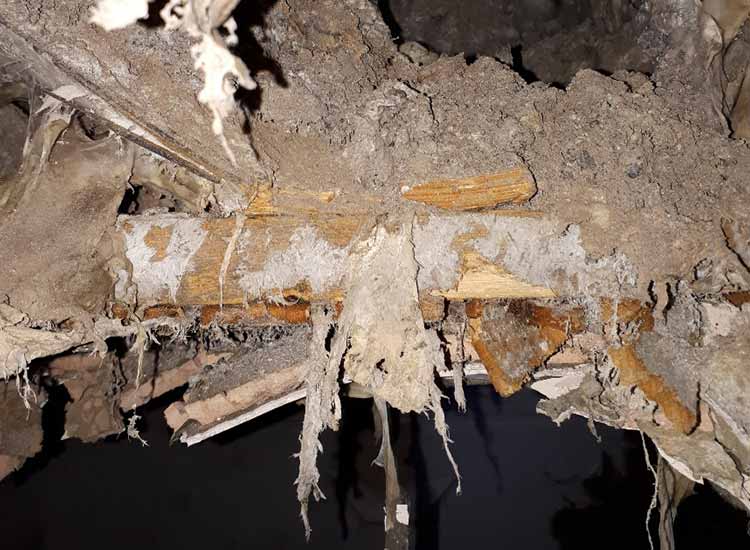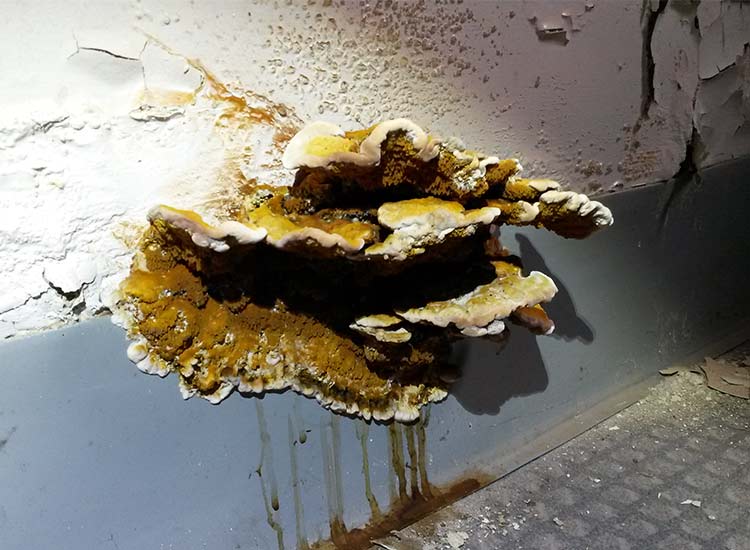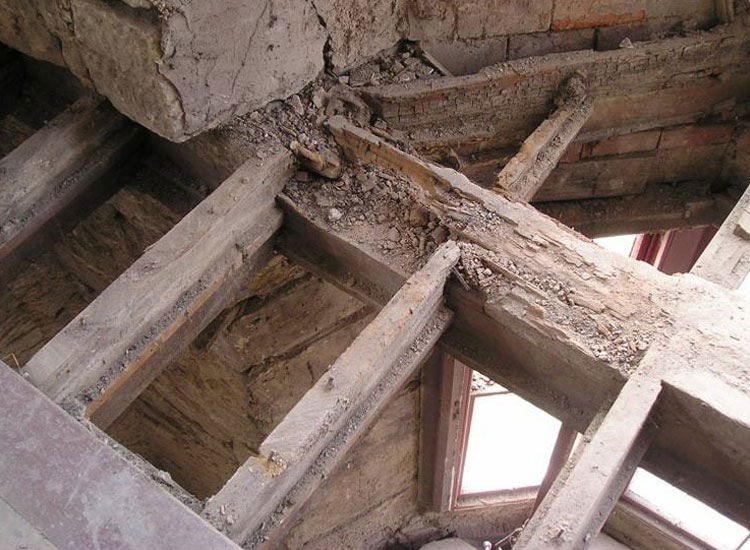Dry Rot Lanark
Dry rot is a common wood destroying fungi that attacks and weakens unprotected timbers that have been affected by damp. Our experienced property surveyors are here to help you by accurately identifying the cause of the problem as well as specifying the most effective solution.
- 30 Year Guarantee
- Award-Winning Contractor
- Experienced & Qualified, Lanark Surveyors and Technicians
What Is Dry Rot
Think you’ve spotted some signs of dry rot within your property? It’s always best to know for sure rather than ignoring the problem and letting things potentially get out of control.
Dry rot is a common wood destroying fungi that attacks and weakens unprotected and untreated timbers that have been affected by damp. Our knowledgeable property surveyors are here to help you by accurately identifying the cause of the problem as well as specifying the most effective solution. Get in touch with our Lanark branch to book a property survey.
How to Identify Dry Rot?
- There are several signs that dry rot is beginning to affect your property which are tough to spot as it may be below floors, in roofs or behind wall fabrics. Affected timber tends to crack into cubes, lose its strength and becomes brittle. Eventually, it can crush the wood into powder.
- Dry rot’s appearance is constantly changing depending on the environment and its development stage. It can range from grey mushroom coloured skin to rusty red colour spores that can cover the affected area. In early stages you might notice a white, fluffy mycelium, giving off a damp mushroom odour.
- It is important to identify the extent of timber decay caused by dry rot or other wood-destroying fungi. The reason for this is that dry rot can travel along and through building materials and affect large areas of the property. Read more about the difference between dry rot and wet rot.
- It can be extremely tricky to identify dry rot. However, a member of our specialist team can identify the type of infestation and specify the solution to treat the affected area.
What Causes Dry Rot?
Dry rot can occur in a property when unprotected or untreated timber has become damp. Property problems such as plumbing leaks, leaking roofs, defective guttering and masonry are the most common reasons that allow damp to affect your property. As a result, all unprotected timber structures are at risk of a fungal attack when the moisture content of the timber is above 20%.
From fixtures to structural timbers, the average home is made up of 70% timber. Once dry rot starts to spread, it can affect large areas of your property and cause major structural problems. Learn more about Dry Rot by visiting our Dry Rot Q&A page.
Incredibly, this entire process can begin simply as the result of a little water ingress and the right temperature and environment.
Where Does Dry Rot Grow?
Any unprotected timber in your property from your roof to the ground floor which becomes damp is at risk of a Dry Rot attack. If you believe there is a chance that you have seen the presence of dry rot in your property then you should get advice on the affected area. Before you start looking for dry rot, it is worth knowing that is it can appear in an old building or a modern structure. Dry rot is caused by dampness that germinates the dry rot fungus spore on the timber. This means that it can appear almost anywhere. This type of rot is often caused by leaking roofs, penetrating damp due to defective gutters and masonry and plumbing leaks inside your property.
It is common for dry rot to thrive in roofs, underfloor areas or behind wall fabrics that have poor ventilation.
Wet Rot Dry Rot Difference
Dry Rot
Is caused by serpula lacrymans and is the most serious type of fungal decay in a building. It can spread onto and destroy much of the timber. Signs of dry rot:
- Clear mushroom scent
- White coloured fungal growth with yellow tinges
- Deeper cracks will appear within the wood causing loss of strength
- A fruiting body gives of red spore dust
Wet Rot
Much more common than dry rot. This decay tends to be based only in the area where timber has become wet. Signs of wet rot:
- A surface veneer may be intact to the wood with Blemishes, crookedness, softness apparent on the surface
- Rot stays close to the damp area with loss of strength to the timber
- Visible fungal growth – this may sometimes occur
- Smell – there may be a damp musty smell
Timber Preservation
Our qualified dry rot specialists will closely investigate the affected area and measure the scale of the problem. At Richardson and Starling, we only supply experienced surveyors who are highly trained in all types of rot and damp problems that could affect your property. This means that our surveyor will be able to complete the survey and give the appropriate remedial recommendations no matter what problem is identified.Most structures throughout the United Kingdom have large sections of the building formed by timber. Whether it is supporting beams and posts, or simply the roof or floors, timber has been used for thousands of years and is still one of the most commonly used building materials today.
As a result, decay by fungal growth and infestation by wood boring insects is extremely common.
30 Year Guarantee
Free automatic transfer to the new property owner if sold.
After eight decades of successful property surveys and repairs, we’re confident to offer you a 30 Year Guarantee that transfers with the Property.
Richardson & Starling are long standing members of the Property Care Association (PCA) and the Guarantee Protection Insurance scheme (GPI). This demonstrates our ability to meet technical and financial requirements to offer an insurance back-up to our own long term guarantees if you would like this.



